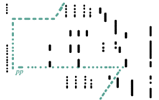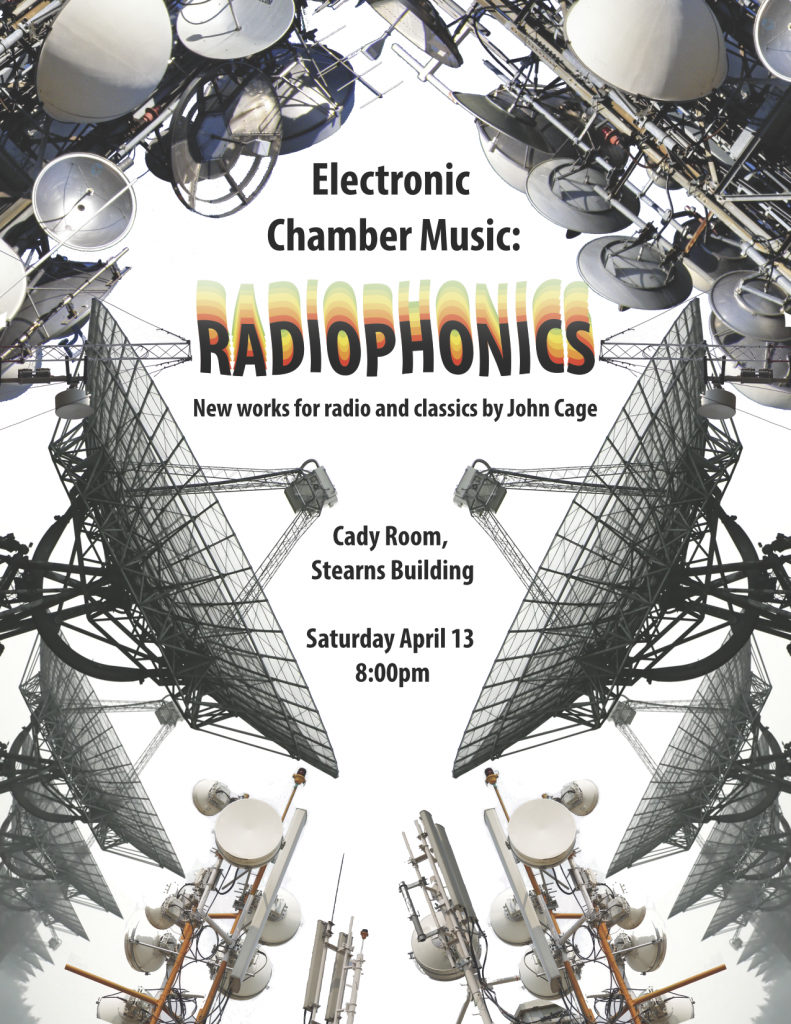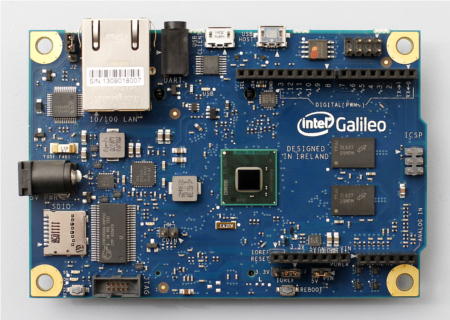Each year, I give my Electronic Chamber Music ensemble a theme to which they respond. We listen to music, read, brainstorm, research, jam, compose, workshop, rehearse, design, build, and iterate, all leading to a public performance. The concerts usually consist of new arrangements or realizations of works from the repertoire, as well as original music by myself and/or the students.
In 2015, I gave the group the theme Techno, broadly considered. I did this for a number of reasons. Techno is Detroit music. It emerged from Detroit in the early 1980s, and people the world over associate Detroit with Techno.
Detroit is just about a 30 minute drive from Ann Arbor, yet to many at the University of Michigan it is a world away. An anecdote: When I attended an orientation for new international faculty at the University of Michigan I was told that “Chicago is only 4.5 hours away by train” and “there are plenty of opportunities to volunteer for worthwhile causes in Detroit.” Although the staff told us this with the best intentions, the subtext was clear: Chicago is where you go for arts, culture, and entertainment; Detroit is nothing more than poor people who need your help.
I admittedly was not expert in Detroit Techno going into this project, but I was eager to explore it together with the students. The goal was to approach the music honestly and respectfully; to set aside pretenses about the city, and to acknowledge that this globally significant music emerged from here.
As in all of my teaching, our approach was experiential. To know this music we were going to try to make it. But of course we aren’t from Detroit, it’s not the 1980s, and oh, we have 15 musicians in the ensemble, whereas Techno is normally performed by a solo DJ, or occasionally a duo. An imperative of this ensemble is liveness, so we went into it knowing everyone was going to perform. Admitting we weren’t going to try to make “authentic” Detroit Techno — which would have been by definition inauthentic — was liberating. It allowed us to respond and to revere Detroit Techno without being beholden to the stylistic idiosyncrasies of house, techno, drum and bass, trance, electro, that ardent electronic dance music listeners love to quibble over. We did our thing, which was geeky, ambitious, performative, technologically sophisticated, and deeply musical.
The show was on 4/4 2015 at the Jam Handy in Detroit. Here are some excerpts from the show:
The Tridents: Light Based Controllers for Techno
Brickbreaker — Techno video game jam programmed by Max Morrison


